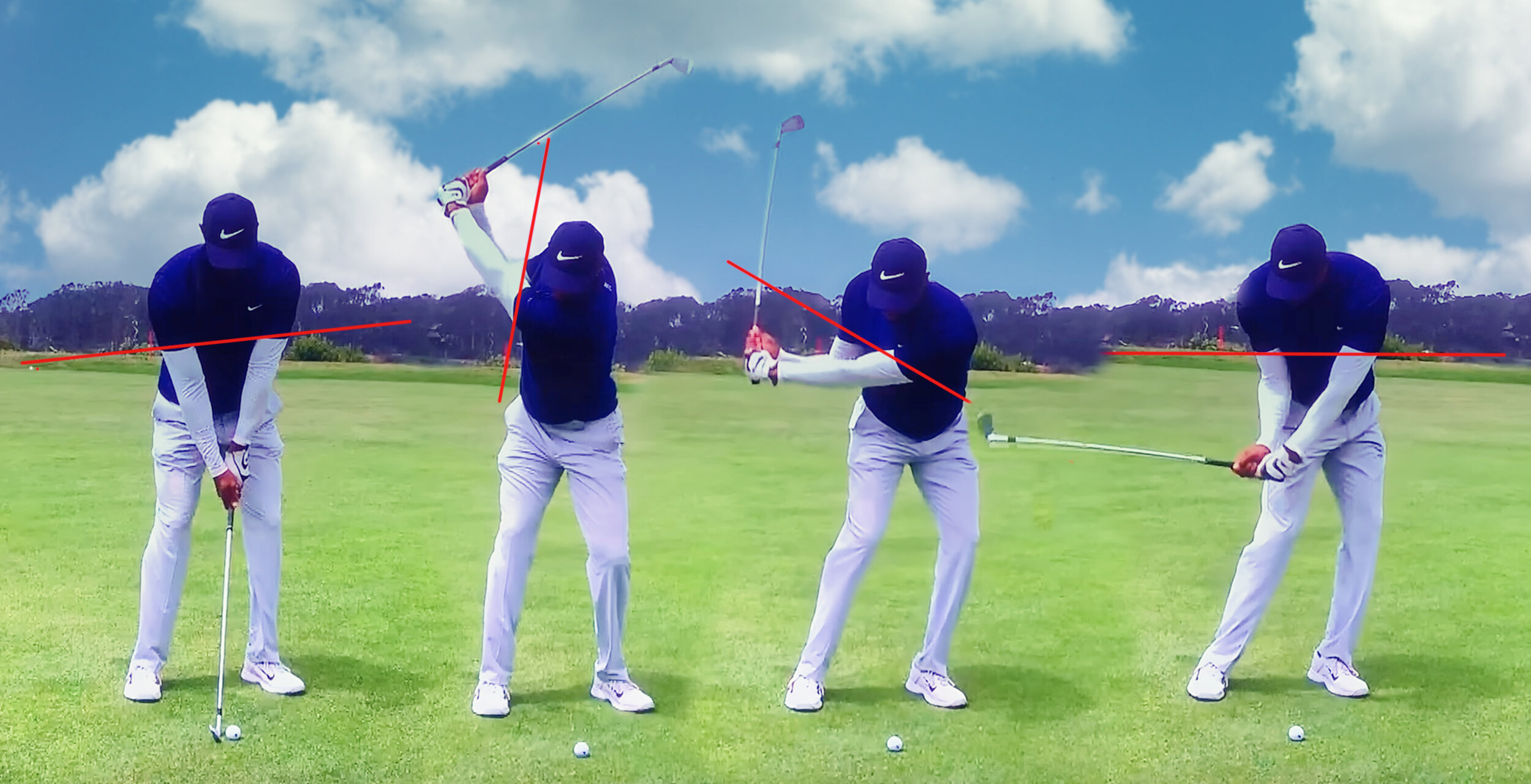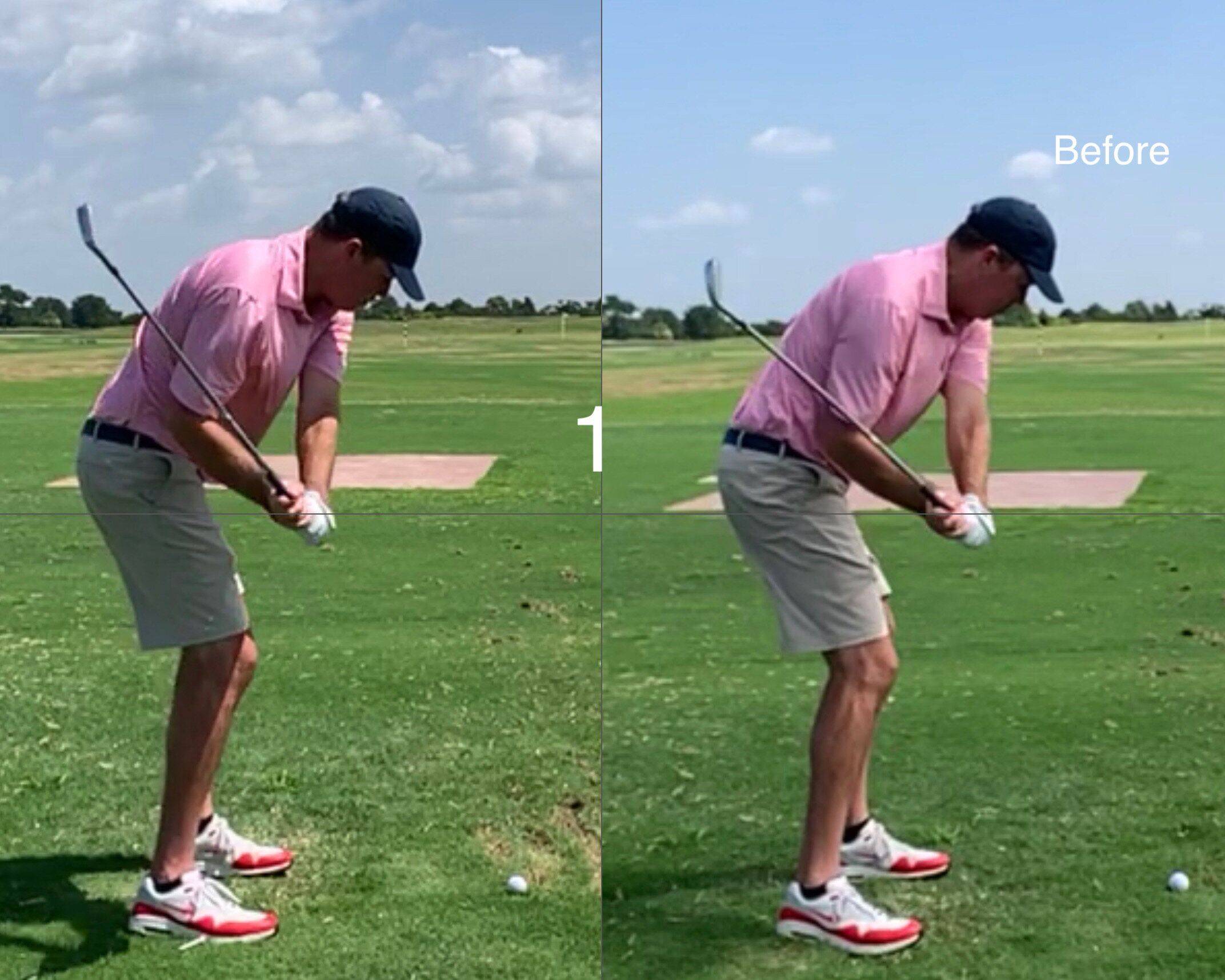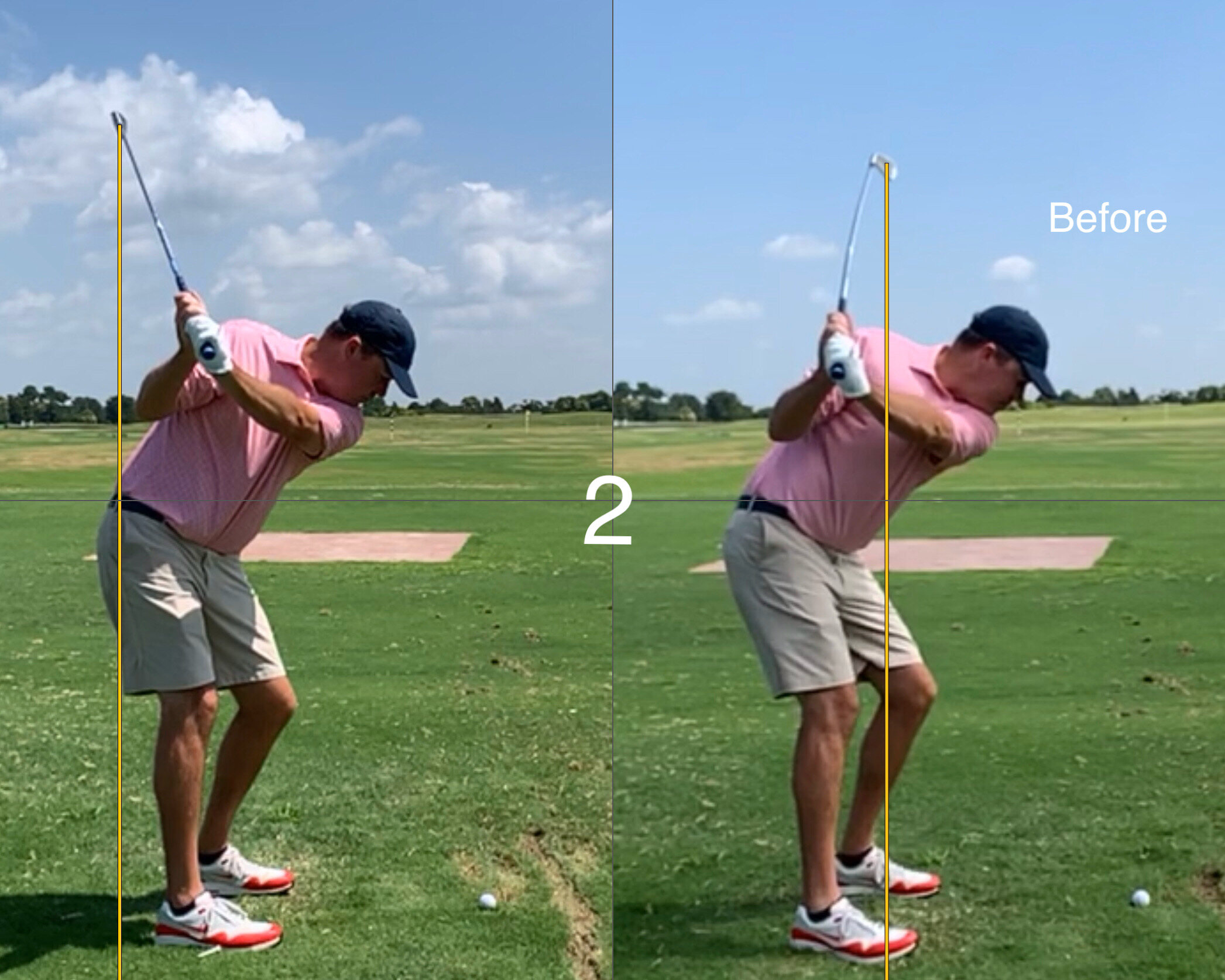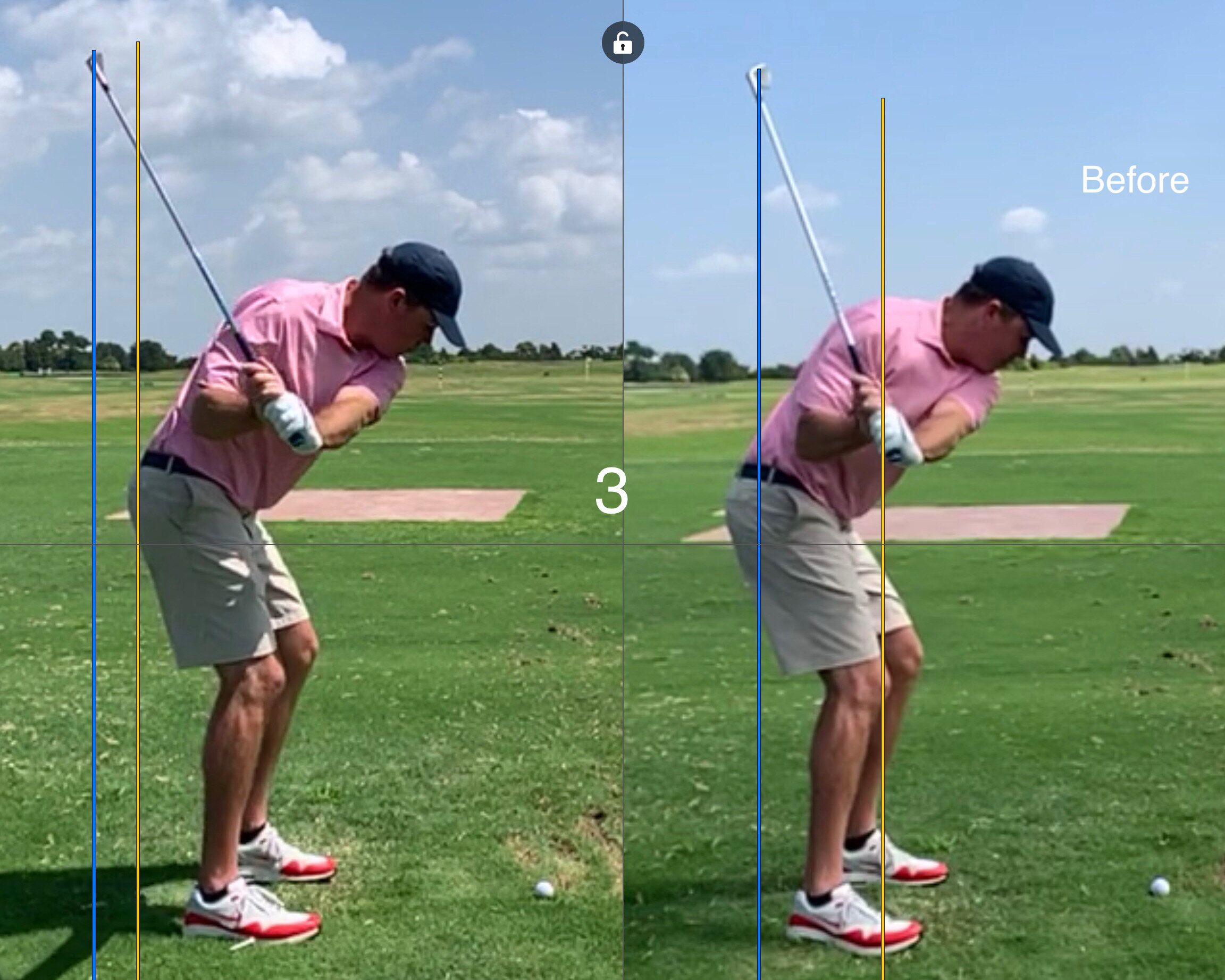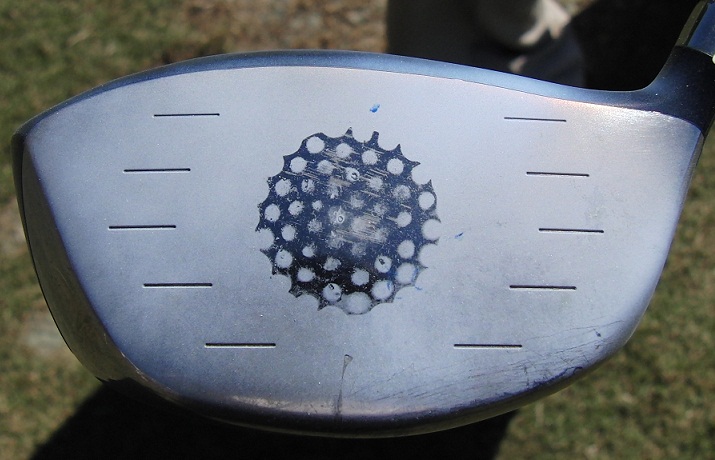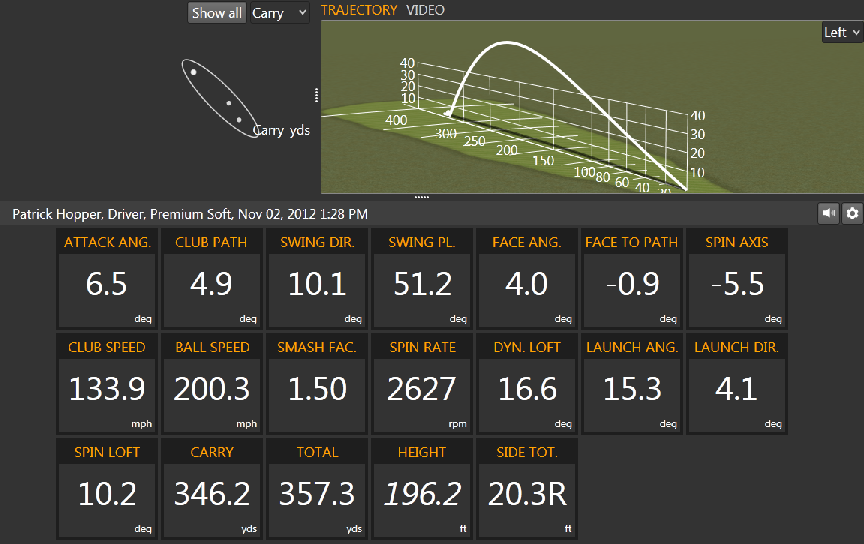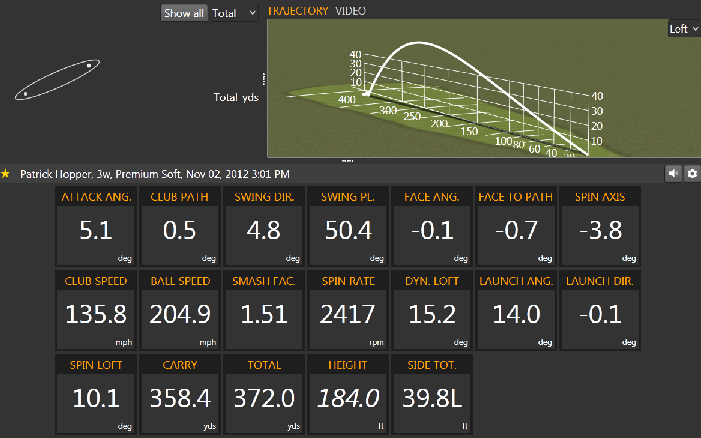Straight Shooting Concepts
/We can all do perform better when we have good information. A clear understanding and vision of how things really work. In this video I will try to share important keys to help you start to hit the ball with more accuracy via a few simple concepts. Watch…
A few notes to consider:
We hit straight shots by swinging in circles/arcs
The clubhead does not need to travel ‘down the line’ after impact
There is no need for every golfer (RH) to work towards swinging to right field. Chronic slicers might need to do this for a while, but not forever!
Divots will typically show us far less than we have been led to believe
Once you know how to hit a hook, it’s time to neutralize
Improved mechanics will almost always reduce the golfer’s reliance on timing and athleticism
In the above image, due to the slower than necessary shutter speed, you can clearly see how Sergio’s clubhead has started to track back inside the flight of the golf ball. That’s a common trait for all of the best ball strikers in the game!
Thanks for watching/reading and I hope this information gets you thinking and, ultimately, playing some better golf.
If you’d like to attend one of my Three Day Golf Schools to get some personalized, hands-on attention please check out this LINK snd shout with any questions you might have.



